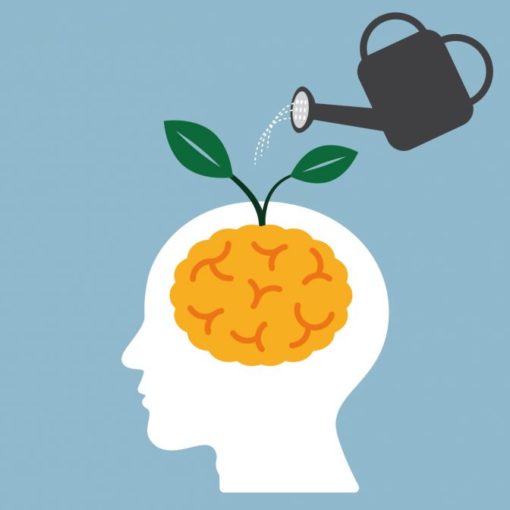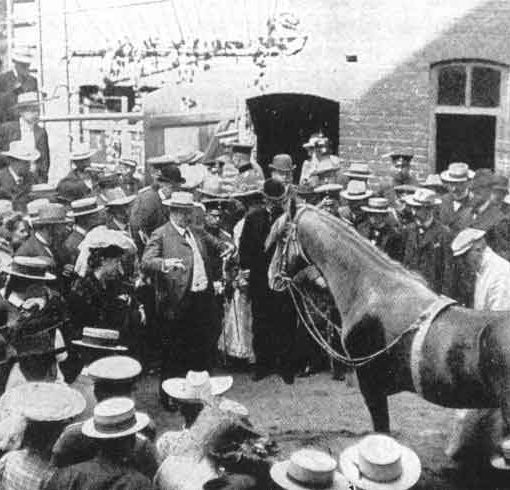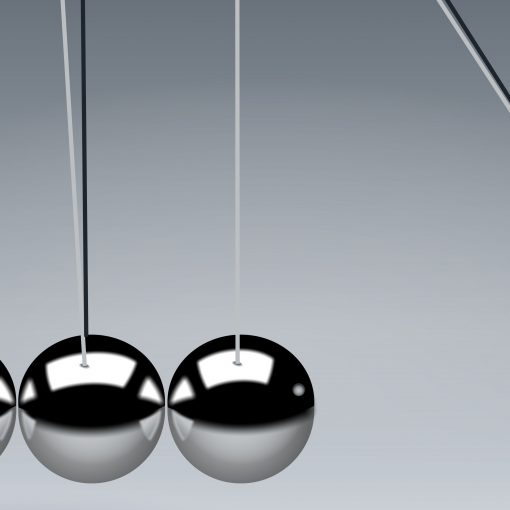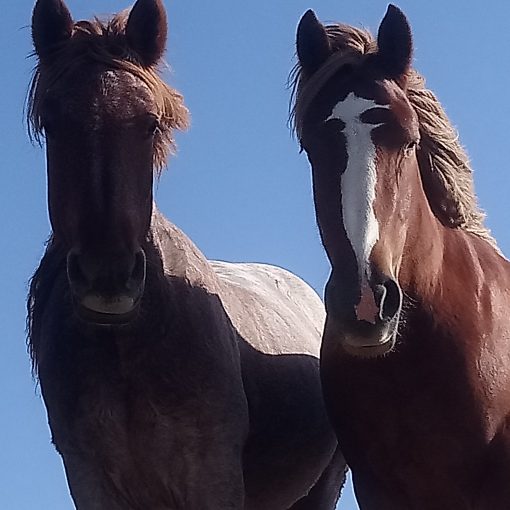I have recently been revisiting the places of my childhood. These are the places in the English countryside populated by woodland and streams, with soundtracks of burbling waters, breeze in the leaves, and the natural harmonies of birdsong.
In the elapsed years the superficial has shifted, more things are shut away behind fences, and many have been touched by the hand of over keen health and safety executives. The places that have not been overcome by new housing estates remain fixed in the apparent immutability of natural time. They are much as they were, some trees may have fallen, rivers may have silted in places, but in many ways it is as if time has not passed at all.
These places were my games consoles and social media, without mobile communications they were places of innocent escape. As a slightly insular only child, they were my places of connection. In my games I was there emersed, at one with non-human life which embraced me.
This was a world of sensual animal experience and connection. As I revisit there is a rising resurgence of childish wonder. I am open and at one again.
Coincidentally, I came across a quote this week from the philosopher David Abram in his book Becoming Animal, “to be fully human we must first fully inhabit our sensuous animal body.” It seemed so appropriate.
Abrams is often referred to eco-psychologist, though a lot of his original work is grounded in phenomenology, a branch of philosophy championed in the mid-twentieth century by French philosopher Maurice Merleau-Ponty who “understood perception to be an ongoing dialogue between one's lived body and the world which it perceives” [quote from Wikipedia]
Amongst the animals
There is a quote from Picasso about artists and growing older, “All children are artists. The problem is how to remain one as they grow up.” We lose that honest expressiveness as we morph and shape into our adult versions of being. Similar themes arise in Zen teachings, the idea that we are all born with infinite potential but increasingly constrain ourselves over time.
I think that this also has a phenomenological twist. As a child we have an open and honest connection with the non-human world around us, we maintain with it an unconscious and innocent dialogue. Think of the pleasure that comes from playing in the mud, hiding behind trees, listening to birdsong or engaging with our domestic animals.
Carl Safina in his Tedx-talk reminds us that we fill our children’s nursery’s with images and faces from the natural world. We surround them with happy and smiley representations of their non-human family, their world is replete with trees and sunshine, ponies and teddy bears. Interesting we don’t surround them with bankers or accountants, social-media influencers or computer programmers, offices or supermarkets.
These decorations create security and connection in their early years through what Bill Plotkin in “Wild Mind” describes as a “belonging and kinship with the world around us”. It seems that we then seem to lose the connection. Collectively, we have developed ourselves away from nature – whether it is theological premise of dominion of nature, or the industrial exploitative. This is where particularly western life has led us, yet we still hold that atavistic memory of “once wild” and at least act to recreate it, albeit principally for our children.
To be animal
Yet opinions are changing, we are reconnecting. The wellbeing sections of bookshops are filling up with the value and power of nature-based healing, whether the simple benefits of a walk out in nature or the more formal processes such as the Japanese practice of Shinrin Yoku (Forest-bathing which espouses the full sensual range of healing experience achievable from being in a forest).
Journalist Johann Hari in his book “Lost Connections” explores alternative mental health perspectives from the foundation of his own lived experience with depression. He talks about the negative effect that disconnection can have on our mental health, in part he reflects upon our disconnection from nature and the environment.
In providing Equine Facilitated Interactions with the Athena Herd Foundation I find we are often helping others to re-stablish connections. Working with people in a mindfully experiential way actually re-engages the phenomenological perspective; these interactions providing what Merleau-Ponty refers to as the “open discussion” with both the horses and the circumstances, i.e. there unfolds an open dialogue between humans, animals and environment.
We are not setting up target outcomes that have to be achieved in a specific way but learning to be part of a balanced dialogue with the equines. There is just what happens in the moment.
The subtle unspoken, often unconscious, dance of inter-being rapport recognises is brought to life through the ongoing exchange of interaction. We recognise the feedback, and that gives rise to the responsive calibration of behaviour and being. It engages both interpersonal and intrapersonal information, merging self, others and environment. In these moments it brings us back to that sensual animal state. It reminds us what we share with the non-human communities, it reminds us that we too are animals.
Working with horses is a such a powerful way of developing this phenomenological engagement, essentially animal to animal. With skilled facilitation we can then highlight the transferable learning, bringing to awareness not just how we build rapport with the horses, but with other people, situations, environment and nature.
To be animal is to be sensually aware. To be animal is to once again to be a child, again in a relationship that is innocent, honest, open and engaged.




